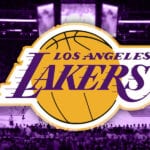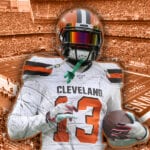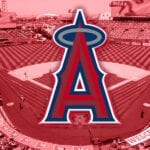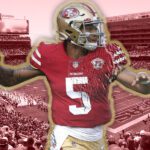Manu Ginobilli has retired, and for a moment my eyes watered. And it was made all the worse by the fact that for most of this summer, Spurs and NBA fans alike seemed to believe that he would come back for one more campaign. That he would use those old-man moves, get to the rim with ease despite being 41 years old, and continue to dazzle and amaze everyone.
As the news of Manu’s retirement broke, NBA players and commentators rushed to congratulate him and honor his memory. In addition to being one of the greatest players of his generation, there is no doubt that he is also one of the most beloved.
But it was not always like that. Manu was not always beloved by the NBA and its fans. Manu first made national attention in 2005, with his long hairdo and ability to score. He was not a sixth man then. He was a starting and star wing, tagged alongside Bruce Bowen. In the 2005 NBA Finals, he averaged 18.7 points shooting nearly 50% from the field, 39% from three, and collected 6 rebounds and 4 assists. Manu accomplished all of this facing off against Tayshaun Prince and a legendary Detroit defense, which one year earlier forced Kobe into arguably the worst playoff series of his career.
In the deciding Game 7, he scored 23 points in a grueling, heavily defensive NBA Finals where getting that many points was far more impressive than compared to today. There is a credible argument that he, not Tim Duncan, should have been the Finals MVP. Even if he did not get the trophy, Manu was a new star. A cool guy.
But he did not stay cool for long. Manu the star became Manu the flopper, the heir to Vlade Divac’s tradition of acting European players. The combination of Manu and Bruce Bowen’s dirty play combined to create a defensive Spurs playstyle which won titles yet caused San Antonio for a time to be the most hated team in the league. San Antonio’s demolishment of the Seven Seconds or Less Suns, a team today viewed as the predecessor of the modern NBA playstyle, only increased their unpopularity.
None of this is to suggest that Manu should not be lauded. He was a NBA legend, an incredible worker, and a first-ballot Hall of Famer even without considering how he and his Argentineans destroyed the United States on the world stage. As Shea Serrano with The Ringer pointed out, Spurs fans loved Manu even more than Duncan himself.
But Manu and the Spurs are an interesting example of how the perceptions of NBA players change over time. There is little doubt that some of the fans ten years ago who hated the Spurs and the flopper Manu are today mourning Manu’s retirement and how it symbolizes the end of the Spurs era.
And when we think about how our perceptions of the Spurs era have changed over time, what does that mean for today? Golden State today is despised as a league of quitters, sell-outs who banded together to win a bunch of meaningless rings. But will that perception stay true in ten years, when Durant and Curry are in their twilight? Will we look back on their offensive brilliance with nostalgia, and compare them positively to whatever team is dominating the 2020s?
The Warriors were built and designed differently compared to the Parker-Manu-Duncan Spurs, so things may end differently for them. But as we rightfully memorialize Ginobilli for his brilliance and old-man style, we should also remember how we used to remember him. By thinking about all Ginobilli accomplished, we can both refute those claims of him being nothing but a flopper and also gain a more comprehensive understanding of him as a player.








